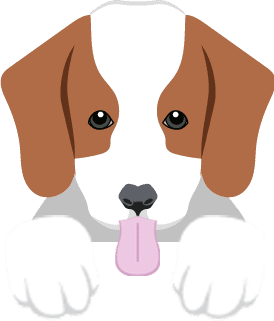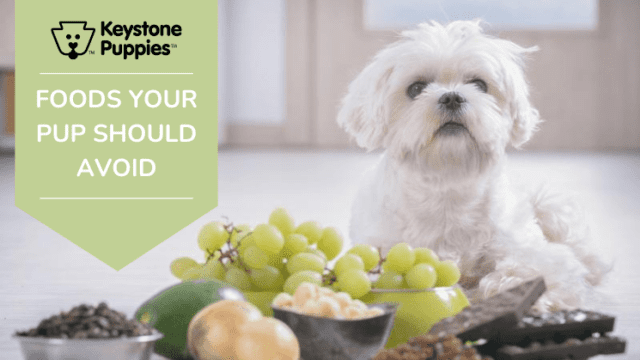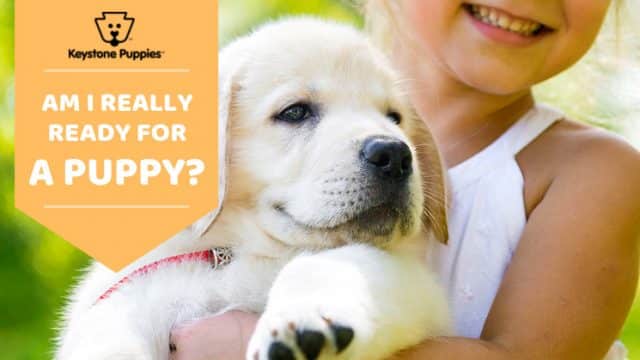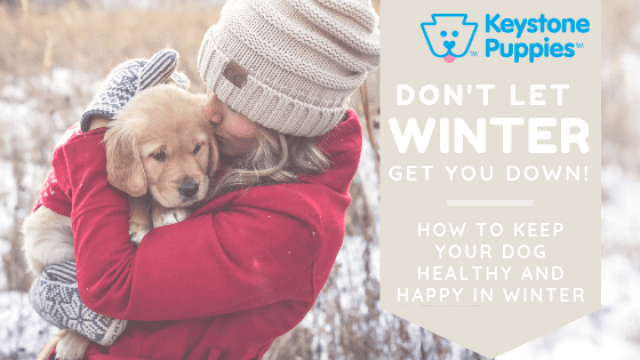How to Choose A Dog Collar
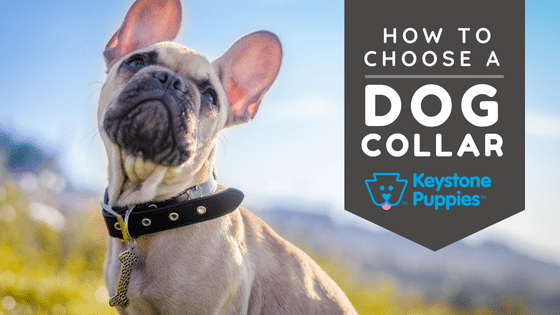
A dog collar is more than a cute accessory for your dog. The dog collar instantly distinguishes your dog from a stray. It also holds the dog tags that help people reconnect you with your dog if he’s ever lost. Many cities and township require dog licenses to be displayed on your dog’s collar. And a dog collar allows you to put your dog on a leash – a required activity in all but the most rural areas.
While there are lots of great-looking collars on the market, ranging in price from simple nylon collars starting at a few bucks all the way to diamond-studded showpieces priced north of a million dollars, looks have little to do with a collar’s suitability for your puppy.
Start By Measuring Your Dog’s Neck Size
Collars at all price levels are sorted by size. Even adjustable collars are divided into size groups. To determine which collar is right for your puppy, measure the circumference of his neck using a soft tape measure. Measure the neck while your pup is standing up to ensure the best fit.
Most collars, online and in-store, will clearly communicate the measurements of that collar. Once the collar is on your pup, check the fit. It should be snug, with no visible gaps, but not so tight that you can’t easily place two fingers between your dog’s neck and collar. It should be easy to move the collar all the way around your dog’s neck without tugging or pulling at skin or fur.
Not sure how to measure? What this video.
Consider Fur Type and Volume When Choosing a Dog Collar
Does your puppy have short fur that never gets cut? Then you can feel confident that your measurements are appropriate. But if you have a dog with very thick fur, or if your dog gets fur trimmed around the neck, you may want to consider an adjustable collar to ensure the right fit, regardless of the length of its fur. For more about dog coats, check out our blog on coat care.
Nylon, Leather, Chain, Fabric, and More
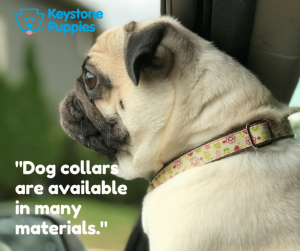
Dog collars are available in many materials. The most affordable and popular collars are made of nylon. These durable collars come in dozens of widths and colors and are easy to find at most pet retailers.
Leather and fabric are also widely available, though usually costing a bit more. Some dogs love chewing on leather and fabric, so these collars are not the best choice for every pup. Drooling dogs can also quickly wear down the strength and integrity of leather and fabric collars, leading to eventual disintegration. And finally, while some fabric collars are adjustable, few leather collars can be resized.
For aggressive chewers or very strong dogs, chain collars are appropriate. Chain collars are made of metal, resist chewing, and won’t break when your large breed bolts. While they aren’t as comfortable as a flat nylon or leather collar, they are a practical choice for some larger, more energetic breeds.
Choose the Right Collar Width
Choosing widths is a balance between comfort and control. Narrower collars are lighter and more comfortable for your dog, but they are also weaker, and break or deteriorate more quickly. Wider collars offer more strength and control when dogs pull but may be less comfortable when they are sleeping or relaxing.
Change Collars Frequently
While your pet is a puppy, he will grow out of collars. Watch collar size carefully as he grows, and make sure that you’re always able to put two fingers between his neck and the collar.
Once your dog is full grown, you’ll still need to keep an eye on the state of his collar. Full-grown dogs sometimes gain or lose weight, necessitating changes in collars. Pregnant dogs may swell up a bit, and require a looser collar fit. As noted above, dogs that get their coats trimmed or cut may require different collars at different times.
And it’s important to remember, that no matter which breed of dog you have, no matter which stage of life they are in, eventually they will wear down a collar. Collars will get weak, frayed, soaked with drool, pulled on, chewed, and generally deteriorate. The rings that hold that all-important contact information and dog license rust and fall apart. Unfortunately, many dog owners don’t realize this until the collar breaks during an outing, or they discover the dog tags are already missing.
To keep your collar in top shape, replace it about once a year. Since water and pulling are the quickest way to wear down collars, if you have a chewer, a dog that gets wet regularly, a drooler, or an exceptionally strong dog, you may want to trade out collars even more frequently.
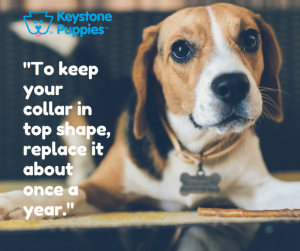
Think Through Contingencies
Your dog’s collar is his connection back home if he wanders off. That’s why it’s important to think through what happens with your dog’s collar or tags if you lose track of him. Some owners prefer to keep a dog’s collar loose enough that he can slide out of it with a little work. This ensures that, if the dog is lost, he won’t choke if his collar gets caught on a branch or fence. A breakaway collar is also an option that allows dogs to break free from choking hazards.
Others prefer a collar that can’t be easily worked off, to ensure the dog is tagged and identifiable if lost. You’ll have to choose the option you think is most appropriate for your pup.
*****
It’s important to find a collar that fits your pup, works with his body and coat, and ensures he always has identification on him. If you’re not sure which type of collar is best for your pup, talk to your vet. Keystone Puppies does not support the use of electric collars, shock collars, or prong collars, and encourages you to consult qualified trainers to help you correct undesirable behaviors. If you want to research different dog breeds, click here. If you already know what kind of puppy you want, get started here.

